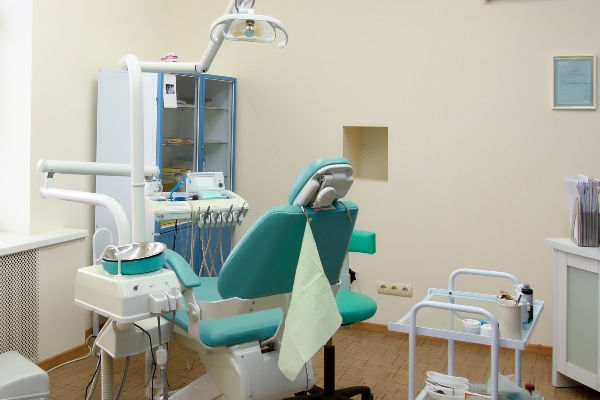 Invisalign® clear aligners can fix a range of tooth alignment issues, including bite problems. This clear aligner system has given people of all ages straighter smiles discreetly and conveniently for years. However, many wonder if Invisalign is as effective at correcting issues such as overbites and underbites. Here is an overview of how Invisalign addresses these malocclusions.
Invisalign® clear aligners can fix a range of tooth alignment issues, including bite problems. This clear aligner system has given people of all ages straighter smiles discreetly and conveniently for years. However, many wonder if Invisalign is as effective at correcting issues such as overbites and underbites. Here is an overview of how Invisalign addresses these malocclusions.
The ideal bite
A bite refers to how a person’s teeth come together when closed. For a correct bite, the teeth are aligned with each other and symmetrical on the upper and lower jaw. Ideally, the edges of one’s top teeth should follow the curve of the button lip when one smiles. The top teeth should rest just over the bottom teeth when the mouth is closed, leaving all but the tips of the bottom teeth visible. A correct bite is ideal for biting and chewing without any discomfort.
Types of bite problems
For several reasons, bites often do not come together ideally. If your bite is not as described above, do not worry; you are not alone. Here is an overview of the major bite issues:
- Overbite: The top front teeth protrude beyond the bottom front teeth
- Underbite: The bottom front teeth protrude beyond the top front teeth
- Crossbite: When either the upper teeth sit inside the bottom teeth (posterior) or one or more of the front teeth sit behind the bottom teeth (anterior)
- Open bite: Where the top and bottom teeth do not come together (either anterior or posterior)
There are a few variations of the above four bite issues, which can vary in severity.
How Invisalign addresses bite problems
The good news is that Invisalign clear aligners offer solutions to these bite issues along with straightening teeth. Depending on the age of the patient and the type and severity of the bite, the dentist may suggest one of the following solutions:
Elastics
This solution is similar to the one used with braces, but the patient uses Invisalign clear aligners instead of braces. The custom-made, clear aligners can accommodate special attachments placed directly on the teeth. These strategically placed attachments hold elastic bands that slowly pull the bite into the desired alignment as the aligners straighten teeth.
Mandibular advancement
This method is typically for overbites in children whose jaws are still growing. Invisalign offers a special type of attachment called an Invisalign Mandibular Advancement. These wing-like attachments help growing children posture their lower jaw forward in small increments until the overbite is corrected.
Who is a good candidate for Invisalign?
Though effective, Invisalign is not for everyone. For example, severe bite problems may require braces for treatment instead. Also, compliance is an important factor in the success of these treatments. Patients must wear their aligners and elastics for at least 22 hours daily for maximum effectiveness. In addition, it is important patients are good about cleaning their Invisalign and keeping them in their case when not wearing them to avoid loss or damage. Finally, good oral hygiene is key for keeping teeth healthy during treatment.
Is Invisalign the solution for you?
The best way to find out if Invisalign is a good fit for you is to schedule a consultation with our dentist. Our team can examine your bite issue and advise you accordingly. To learn more about Invisalign and how it works to correct bite issues, call us today.
Request an appointment or call Smile Studio: Orthodontics at 225-412-0600 for an appointment in our Baton Rouge office.
Related Posts
To progressively and accurately straighten teeth, Invisalign® employs cutting-edge technologies, including computer modeling and computer-assisted manufacturing. Read on to learn more about this teeth-straightening option. The patient, as with any orthodontic therapy, plays an important part in the process. The quality and timeliness of your outcomes all depend on the patient's dedication to treatment instructions.The…
Eating with Invisalign ® aligners will be slightly different from your usual routine, but it is entirely manageable with minor adjustments. We often receive questions about eating with Invisalign, so we have answered the most common ones in this review to help you navigate this aspect of your orthodontic treatment. Understanding what patients can and…
Patients undergoing Invisalign® treatment often want to know how long they will need to wear their aligners. Read on to learn how long the aligners need to be worn. Several variables determine the length of Invisalign treatment, and one of the most important is how long you wear your aligners each day.Invisalign treatment can take…


